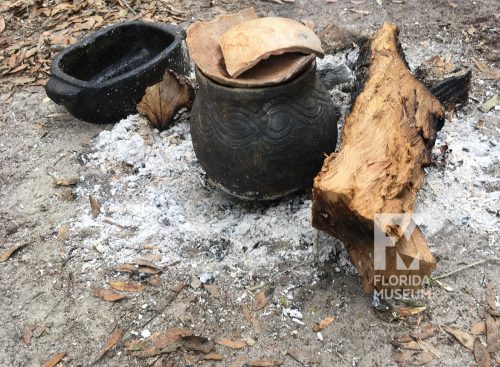In earlier blog posts I’ve written about how people in the past mended broken pots, but there were lots of uses for pottery sherds too. Once clay has been fired, it becomes hard and rock-like. In a place like Florida, where there aren’t many naturally occurring hard stones, this means that pottery was sometimes substituted for rock. Here are some ways that Indigenous people in Florida have repurposed broken pieces of pottery.
Hones (Sharpening stones)
People sometimes ground stone, wooden, or bone tools against pottery sherds to sharpen them, as someone may use a whetstone to sharpen a knife today. We can identify sherd hones by the wide or deep grooves worn into them from repeated use.
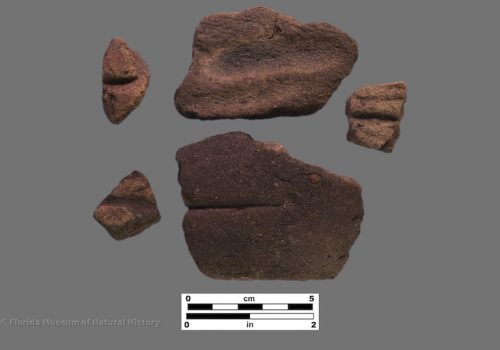
Net Weights
A series of broken sherds could also be used to weigh down the edges of a fishing net. We recognize net weights by the notches in their sides that would secure them with twine to the net itself. This example is from the Bahamas, but examples have been found in Florida as well, especially at coastal sites.
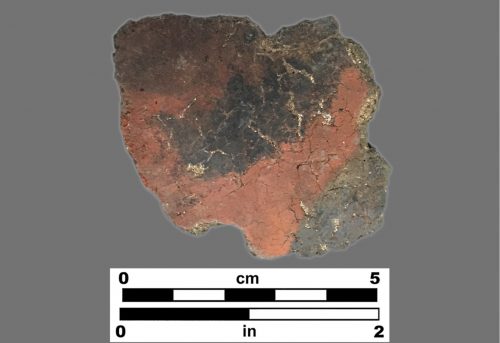
Net Gauges
When making nets, it is important to keep mesh size the same, so that the fish you’re trying to trap don’t escape, and the small ones that you don’t want can. Fishers make knots around a net gauge tool to maintain the same spacing. Most examples we find archaeologically were made of shell or bone, but recently we received two examples made from repurposed St. Johns pottery sherds.
Sherd Discs
Archaeologists aren’t quite sure what they were used for, but these pottery discs (or discoidals) were carefully shaped from irregularly broken sherds into nice round pieces with smooth edges. They could have been used as counters, gaming pieces, or in many other ways.
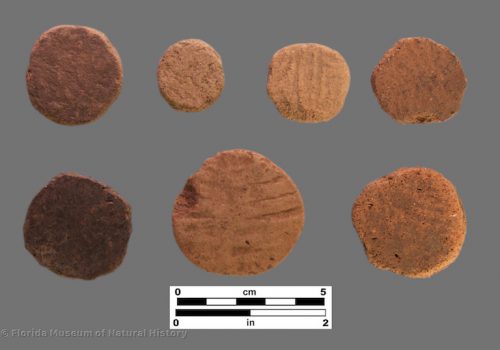
Grog
Finally, pottery could also be ground up to make little rock-like bits that could be added to clay. Grog would add to the strength of a clay while it was being used to shape into a pot, as well as afterwards. There are many different kinds of materials that could be added to clay (we call these ‘temper’), but grog is the only example of recycling!
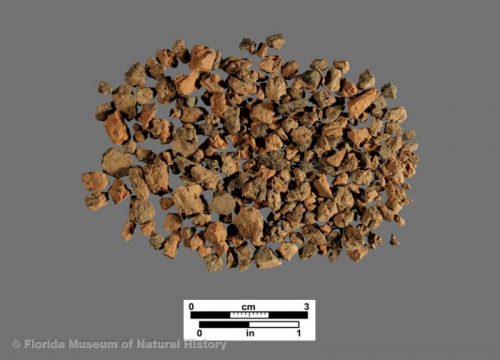
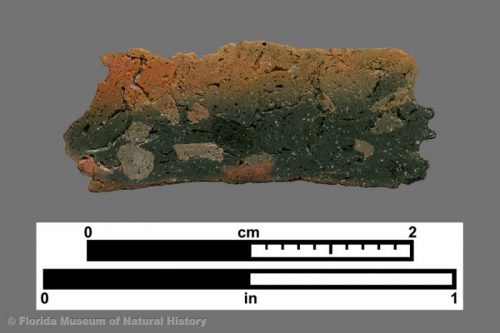
There are other kinds of artifacts made from broken pottery, and other ways of reusing pottery that aren’t as easy to see archaeologically. What uses could you find?
